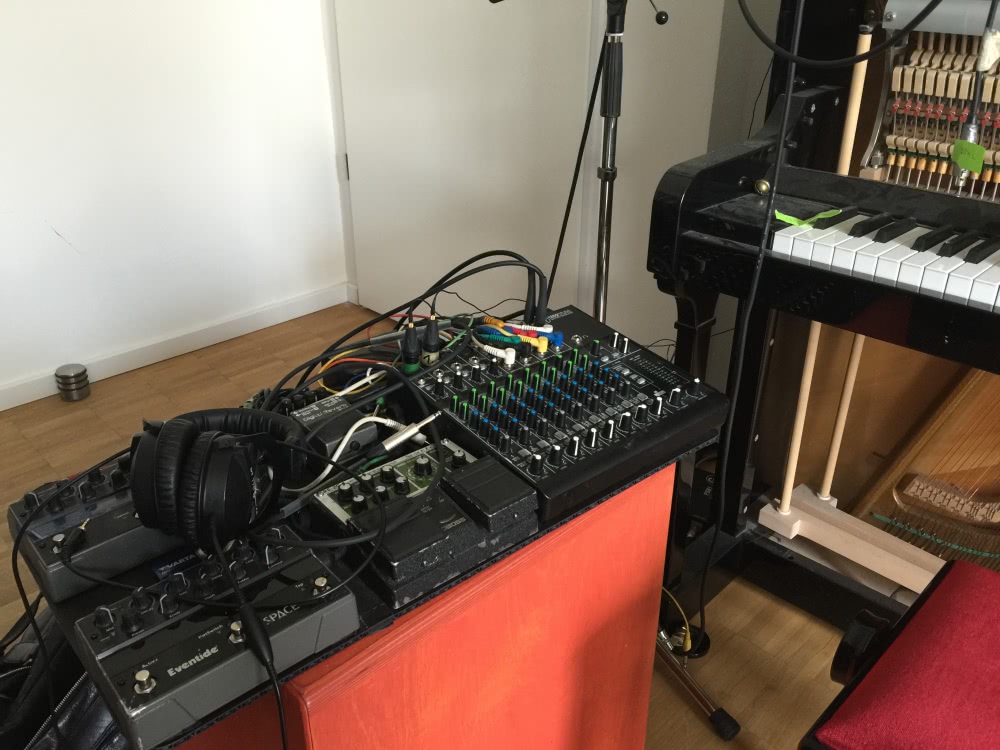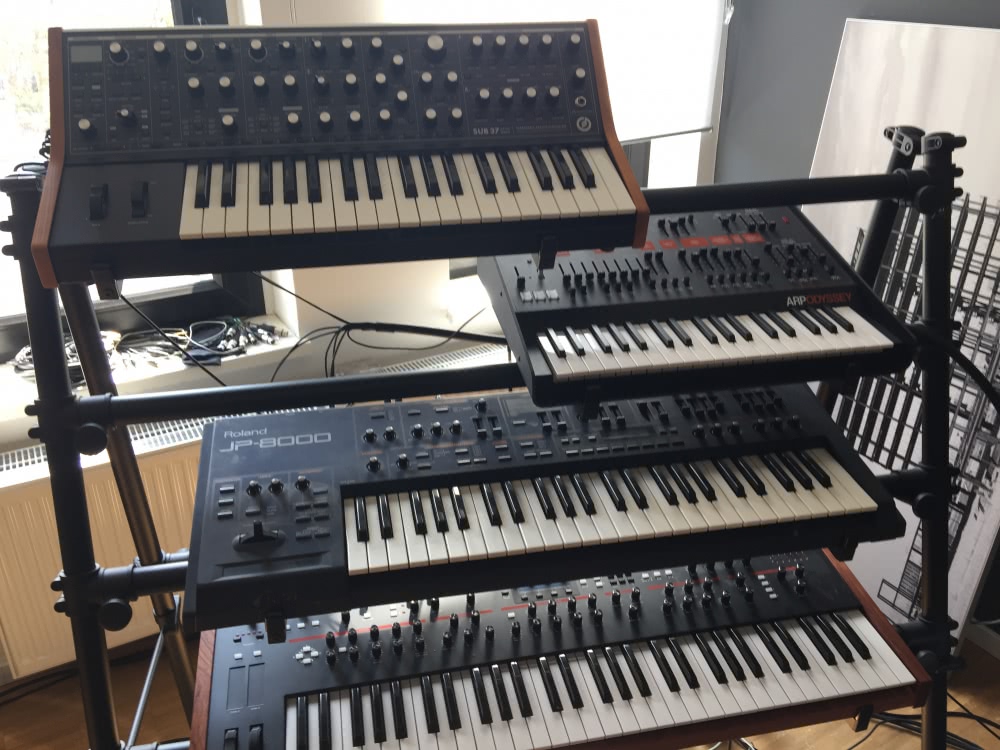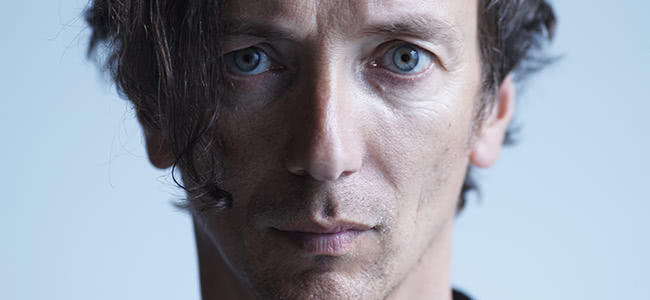Dusseldorf-basedc composer and musician Hauschka is coming to Australia for the first time this month for a string of very special performances supporting his widely acclaimed album, Abandoned City.
Hauschka is well known around the world for the exciting new perspective he’s brought to the art of the prepared piano, a unique playing style beloved by the likes of experimental luminaries such as John Cage and Aphex Twin.
Using experimental playing techniques, Hauschka is revered for his ability to get new sounds out of pianos by resting pieces of paper, drumsticks, ping pin balls, and other items on the strings of the instrument.
Before he touches down for performances in Melbourne, Sydney, Brisbane, and Mullumbimby, we caught up with Hauschka to discuss how he goes about inventing these unique sounds and the gear he couldn’t live without.
Back To Basics
If I had to tour in a small car and break my rig down to its basics, I would just bring three good microphones with me – two Schoeps Mk4s and one Neumann KM184.
These are the most important to having a good, basic sound. All the manipulations can be done later, but if the basic sound is bad then you can’t save it with any effect or outboard.
When I was younger, I didn’t have enough money to buy good mics, but I know now that it is the best way to invest something in your career.

Exploring The Rig
In my studio, I use a Mac Pro with Logic X, an Apogee Symphony sound card, and a UAD PCI card for effects. I have a WEM Copicat tape delay and a Roland Space echo.
I also have a Bechstein upright piano and a Leitz Harmonium. For the piano, I have a pedalboard with two eventide effects (space and timefactor) and a Boss RE20. I recently bought a Red Panda Particle and some other local effects in Montreal.
I use analogue synths a lot and I have a Roland Jupiter 4, Roland JP8000, ARP Odysey, Moog SUB37, and a Prophet 12. For a drum machine, I am using the Tempist from Dave Smith, it’s an awesome machine.
Evolution
In the beginning, I used the piano just without any effects when I recorded and I was mostly editing tracks afterwards. Now I have the pedalboard with a submixer next to me and I am recording the fx straight with the piano tracks.
I think in general my whole set up also changed from an analogue desk to a digital platform and I am using the Avid controller when I need faders to mix.

Life & The Studio
I think my setup between life and studio is nearly the same. The only thing is that I am sometimes recording in a different studio as they have a grand piano and when I am recording with other musicians. I also need separation from the other instruments which I don’t have at my studio.
Back In The Day
My first piece was a Moog Prodigy and I had a Lesley cabinet. In those days, the equipment was completely analogue besides the DX-7 synth from Yamaha and we were happy to have a PA that sounded okay.
I was dreaming of a lot of equipment that I couldn’t afford and every now and then I made a trip to Bonn, which was the German capital at that time.
They had the Synthesizer Studio there that had all the big machines like the Fairlight, PPG Wave 2.2, Prophet 5, and all the huge synths with two manuals as well as the modular synths.
Song vs Gear
Of course the sound of the machines you are using is influential. You can make a piano sound like a synth with a few delays and a little bit of distortion.
Of course, you also need the right preparations, because the material I am using on the strings is changing the decay and the sustain of a note.
I also think that the Eventide fx sound so big and high-end that I think they help me to make the sound transparent.

Getting Weird
The weirdest piece of gear I own is a vibrator from a slot machine at the airport. It’s a small one and fits exactly on one string. It has a quiet motor but it makes the strings of the piano have a long sustain if i want it.
The oldest piece of gear I own is a Jupiter 4 and a WEM Copicat from the late ’70s. I think one obscure piece is an instrument that was built by the Steim Amsterdam and it is called a Crackle Box.
Solving Problems
I have a UAD 710D mic preamp that helps when the mic sound is not how I think it should be. Another problem solver are the analogue tape delays, they are so dirty that they always ad some spice to the track.
Upcoming Shows
Melbourne Recital Centre on Tuesday 17 November
The Basement in Sydney on Thursday 19 November
Old Museum in Brisbane on Friday 20 November
Mullumbimby Festival 19th – 22nd November




































